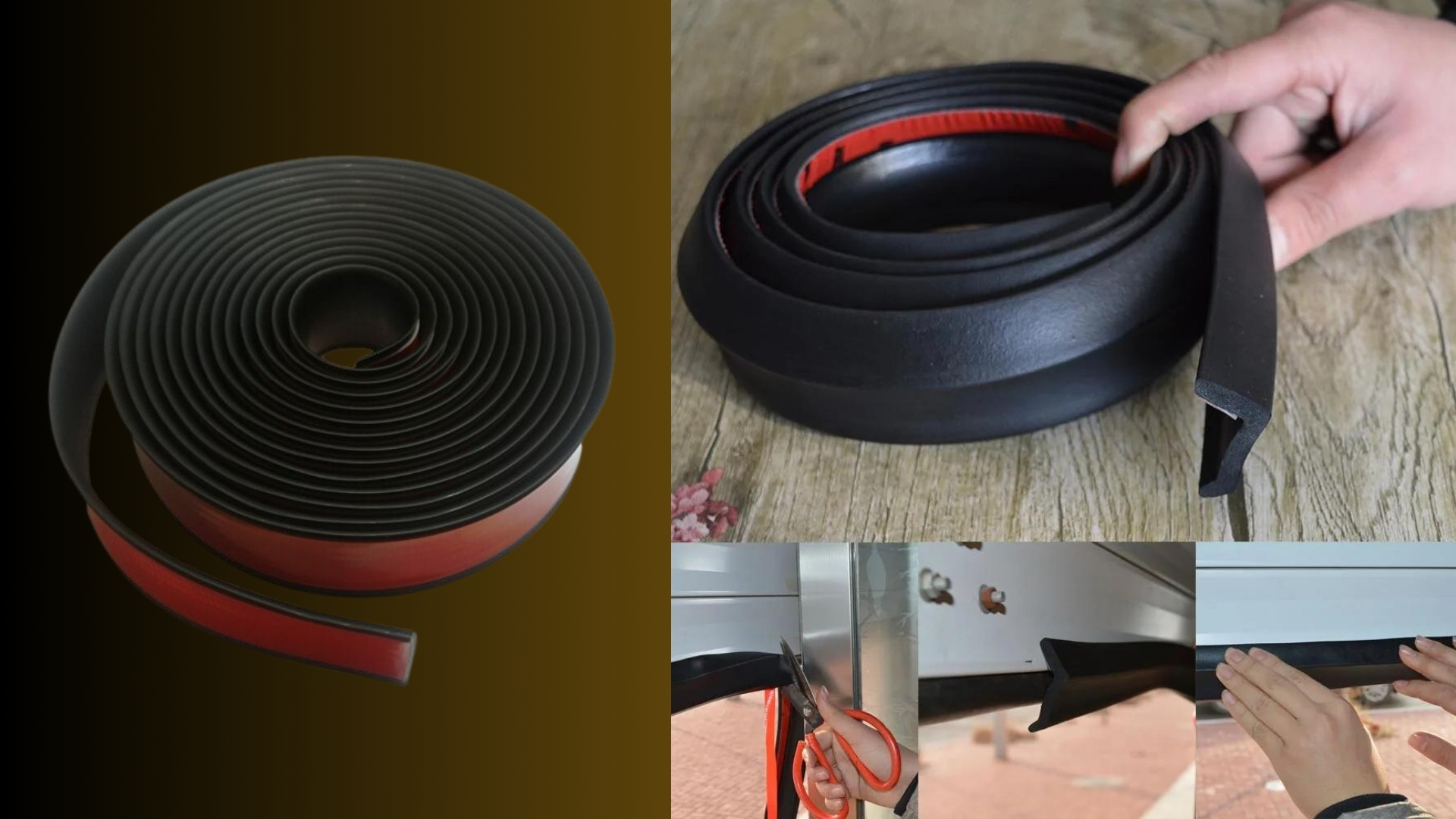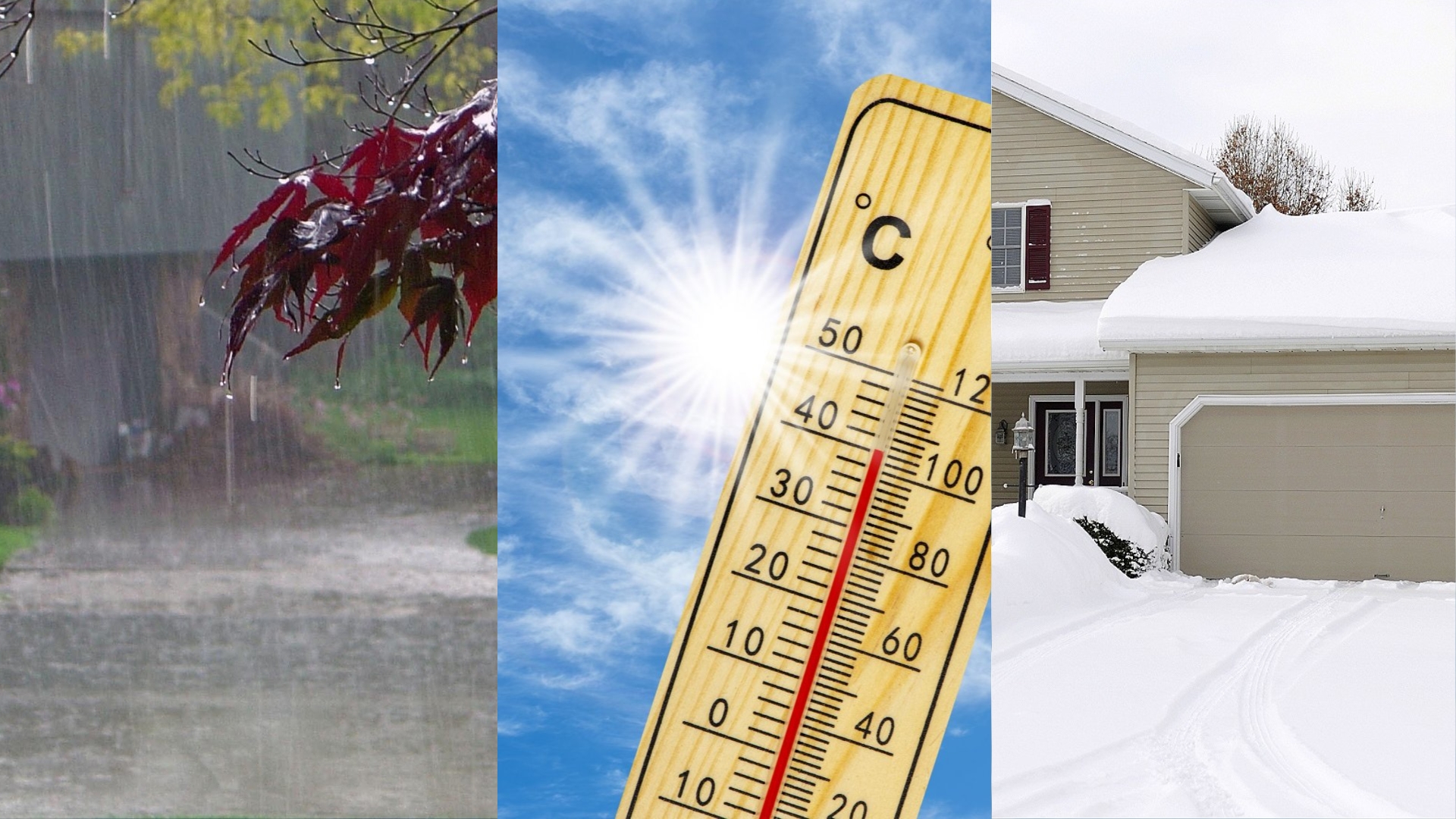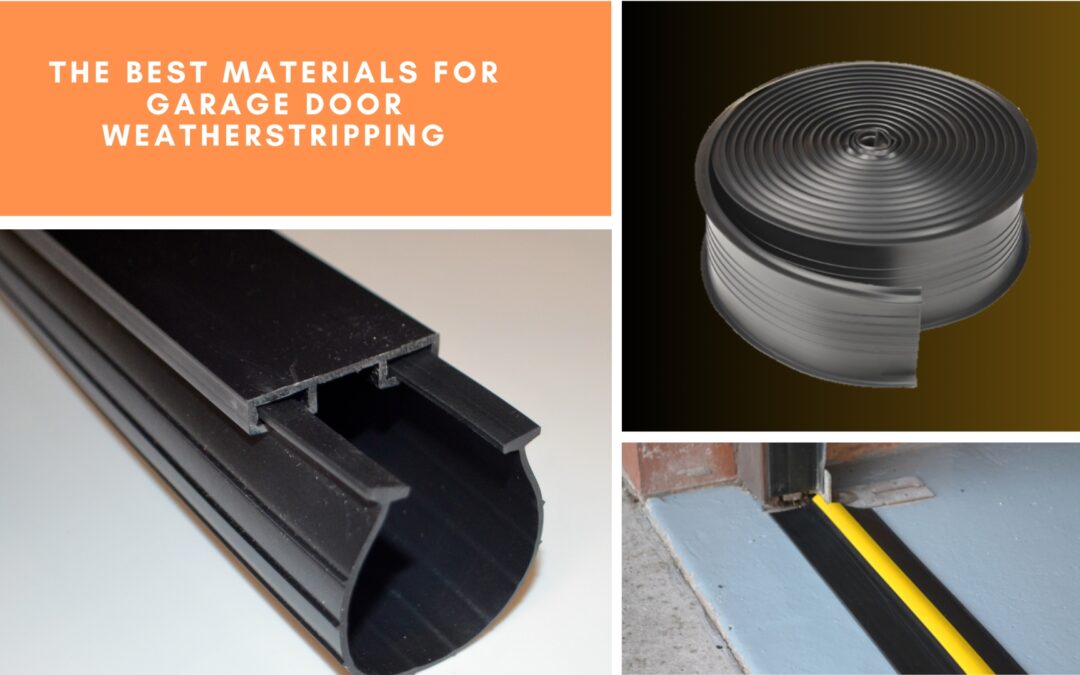Have you ever walked into your garage and felt like you were in a sauna or a freezer because of the weather? Or has your energy bill been going up lately because you cannot get your house to stay warm or cool? Well, you might have missed a house comfort and energy-saving hero: garage door weatherstripping. Yes, that is right. That strip of material lining the edges of your garage door is more than just a finishing touch. Additionally, getting the right weatherstripping material for your garage door can make a difference.
This blog will guide you on how to pick the best materials to use for garage door weatherstripping. Whether you live in a place with scorching summers, cold winters, or both, this will help you make the best choice. Let us get started.
What Is the Purpose of Garage Door Weatherstripping?
Garage door weatherstripping is about sealing the edges and moving parts of garage doors with specific materials. It keeps out air, water, dust, and bugs from getting in. For the most part, it helps keep the garage dry, clean, and safe. It also saves energy by keeping indoor air from escaping, which cuts down on utility bills. In a general sense, it protects everything inside the garage from damage and wear. This simple step makes a big difference in both protecting your belongings and making your home more energy-efficient.
The Best Materials for Garage Door Weatherstripping
When weatherstripping your garage, you can choose among different materials. Each has its properties and works best with certain garage door types and situations. Listed below are the best materials used in garage door weatherstripping:
Rubber
Many use rubber for garage door weatherstripping because it is durable and flexible. It can fit on irregular surfaces and does a great job of keeping air and water out. EPDM (ethylene propylene diene monomer) rubber, in particular, is very resistant to UV rays and changes in temperature.
Pros: It is great for a lot of locations because rubber weather stripping stops drafts well. Often, it comes in self-adhesive strips for a quick DIY project, making installation a breeze.
Cons: Rubber can break down over time, especially in cold temperatures or when it comes in contact with oils and other substances. That could mean frequent garage weather stripping replacements.

Vinyl
Vinyl is a man-made material that is strong and does not easily get damaged by water or wear. This material makes it another popular choice for weatherstripping.
Advantages: It works well in many temperature ranges and is especially resistant to water, perfect for areas where it is humid. Also, vinyl weather stripping is durable and can last for a few years before it needs to be replaced.
Disadvantages: It is less durable than rubber or silicone. Vinyl can become less flexible in intense cold weather, which could make it less useful as a seal.
Silicone
This material stands out when it comes to durability and effectiveness in harsh weather.
Pros: Silicone weather stripping stays flexible and seals well over time, even when the temperature changes and UV light hits it. It works very well as a shield against air and water getting in.
Cons: It is usually more expensive than rubber or vinyl. Also, it may need to be installed by a professional to get the best fit.
Foam (Closed Cell)
This material, often made from polyethylene or polyurethane, is effective and affordable when it comes to sealing garage doors.
Advantages: It is easy to install in a variety of gaps and spaces because it is light and flexible. This material also provides good insulation for your garage.
Disadvantages: It depends on the type of foam weather stripping you use. Some types may compress or break down faster than others, meaning you will need to change them more often.
Felt
Felt, usually made from wool or polyester fiber, is one of the oldest materials used for weatherstripping. You often see this material in older homes, which gives them a traditional look.
Pros: Felt is cost-effective and easy to install, making it a good option for budget-conscious homeowners. It comes in different thicknesses and densities and can be useful for stopping drafts.
Cons: It is not as durable or resistant to weather as some other materials. Felt might not be the best choice for places with extreme weather.
Choosing the Right Weather Strip Material
These factors should help you choose the best weatherstripping material for your needs:

Consider Your Climate
The weather where you live is one of the most important things to think about when choosing the best material. Certain materials work better in different weather, so choose one that can handle the local temperature.
In Cold Climates: When it comes to extreme temperatures, silicone weather stripping is more durable and forms a tighter seal. On the other hand, rubber will crack and lose its flexibility in very cold weather.
For Hot and Dry Climates: Vinyl weather stripping is long-lasting and does not absorb water. They are great for use in hot, dry places and can stand up to both direct sunlight and sudden rainstorms.
In Coastal or High Humidity Areas: Silicone is good for homes near the coast or places that are prone to have a lot of dampness.
Understand Your Garage Door Type
The weatherstripping material you choose may also depend on the type of garage door you have. Note that some materials might stick to metal doors better than others might stick to wooden or fiberglass doors better.
For Metal Doors: Rubber and vinyl weather stripping can make a good seal for metal doors when it comes to flexibility and sturdiness. Silicone is also a good choice because it seals better than other materials.
On Wooden Doors: Installing foam or felt weather stripping on wooden doors is easy to install and affordable. However, silicone or high-quality rubber might be better for a longer-lasting answer, even though they cost more.
Budget and Longevity
Your budget and personal preferences are very important in making the final decision. Remember, silicone works best in a wide range of weather and regions, but its higher price point might not be affordable for everyone. Vinyl, foam, and rubber, on the other hand, are popular choices among homes because they are both cheap and effective.
Choosing the right material for garage door weatherstripping is an important decision that helps keep your home comfortable and saves energy. If you are not sure what is best for you, it is best to ask a garage door professional. A pro will help you choose the right material for your garage door and install it properly, saving you time and money.
Garage Door Maintenance Near Me
Are your energy bills going up because of drafts around your garage door? Do not stress. Titan Garage Doors NE is here to help anyone in the Omaha area looking for expert garage door services. Our licensed team offers reliable garage door repair, including expert weather stripping replacement, installation, and maintenance. Do not let a faulty garage door disrupt your comfort and safety. Call us today for a free estimate.
